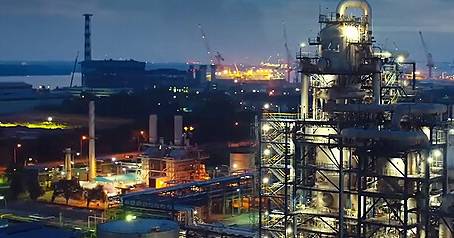Դկտ . 18, 2024 09:15 Back to list
High-Density Polyethylene Sprinkler Pipe Fittings for Efficient Irrigation Solutions
Understanding HDPE Sprinkler Pipe Fittings A Comprehensive Guide
In the realm of modern irrigation systems, High-Density Polyethylene (HDPE) has emerged as a preferred material for sprinkler pipe fittings. Known for its durability, flexibility, and resistance to various environmental conditions, HDPE has become integral in both agricultural and residential irrigation setups. This article aims to delve into the various aspects of HDPE sprinkler pipe fittings, exploring their benefits, types, installation processes, and maintenance practices.
What is HDPE?
High-Density Polyethylene (HDPE) is a thermoplastic polymer made from petroleum. Characterized by its high strength-to-density ratio, HDPE provides excellent resistance to impact, chemicals, and harsh weather conditions. These properties make it suitable for a wide array of applications, including piping systems, geomembranes, and various plastic products.
Benefits of HDPE Sprinkler Pipe Fittings
1. Durability HDPE is resistant to corrosion, rust, and chemical leaching, making it a long-lasting option for sprinkler systems. This durability translates to fewer repairs and replacements over time, which can lead to significant cost savings.
2. Flexibility The flexibility of HDPE allows it to be easily installed around obstacles and can adapt to changes in the terrain. This property is particularly beneficial in agricultural fields where the ground can be uneven or planted with crops.
3. Lightweight Compared to traditional materials like metal or concrete, HDPE is much lighter yet maintains its structural integrity. This lightweight nature makes transportation and handling easier during installation.
4. Eco-Friendly HDPE is recyclable and does not contain harmful substances that can leach into the environment. This makes it a sustainable choice for irrigation systems.
5. Reduced Friction Loss The smooth inner surface of HDPE pipes minimizes friction loss, thereby improving water flow efficiency in sprinkler systems.
Types of HDPE Sprinkler Pipe Fittings
HDPE sprinkler pipe fittings come in various types to accommodate different needs in irrigation systems. Some commonly used fittings include
hdpe sprinkler pipe fittings

- Elbows Used to change the direction of piping, typically available in 45-degree and 90-degree angles. - Tees Allow connections between three pipes, useful for branching off to different areas. - Couplers Serve to connect two straight sections of pipe. - Valves Control the flow of water through the system, essential for managing pressure and distribution. - Adapters Facilitate connections between HDPE pipes and other materials (e.g., PVC, metal).
Installation of HDPE Sprinkler Pipe Fittings
The installation of HDPE sprinkler pipe fittings requires careful planning and adherence to best practices
1. Planning and Design Begin with a clear design of the irrigation system layout. Consider factors like water pressure, flow rates, and the specific crops or areas being irrigated.
2. Cutting the Pipes Use a saw specifically designed for HDPE to ensure clean cuts. Measure precisely to avoid wastage.
3. Joining the Fittings Connections can be made using heat fusion, electrofusion, or mechanical fittings. Heat fusion permanently joins pieces of HDPE through heating and melting the surfaces, while electrofusion utilizes electrical current to create a bond. Mechanical fittings offer a less permanent solution for ease of disassembly.
4. Testing for Leaks After installation, it’s crucial to conduct pressure tests to ensure there are no leaks in the system.
Maintenance of HDPE Sprinkler Pipe Fittings
Maintaining an HDPE sprinkler system is relatively straightforward
- Regular Inspections Periodically check for signs of wear, leaks, or blockages. - Cleaning To ensure optimal water flow, keep the fittings and pipes free of debris. - Winterization In colder climates, ensure pipes are drained and insulated to prevent freezing.
Conclusion
HDPE sprinkler pipe fittings represent a significant advancement in irrigation technology, offering numerous benefits in terms of durability, flexibility, and environmental impact. As water conservation becomes an increasingly important goal, adopting HDPE systems can lead to more efficient water use and sustainable agriculture practices. By understanding the various types, installation techniques, and maintenance considerations, users can effectively harness the potential of HDPE fittings for their irrigation needs.
-
High-Quality HDPE Sheet | Durable Plastic Panels
NewsAug.06,2025
-
High-Precision PVC Rigid Sheets for Vacuum Forming | AI-Optimized
NewsAug.05,2025
-
Durable PVC-M Water Supply Pipes | 60-Year Life
NewsAug.04,2025
-
Premium HDPE Water Supply Pipes: Durable & Leak-Proof
NewsAug.03,2025
-
Premium PVC-M Water Supply Pipe - Durable & Efficient
NewsAug.02,2025
-
HDPE Drainage & Irrigation Pipe - Durable, Efficient Solutions
NewsAug.01,2025

